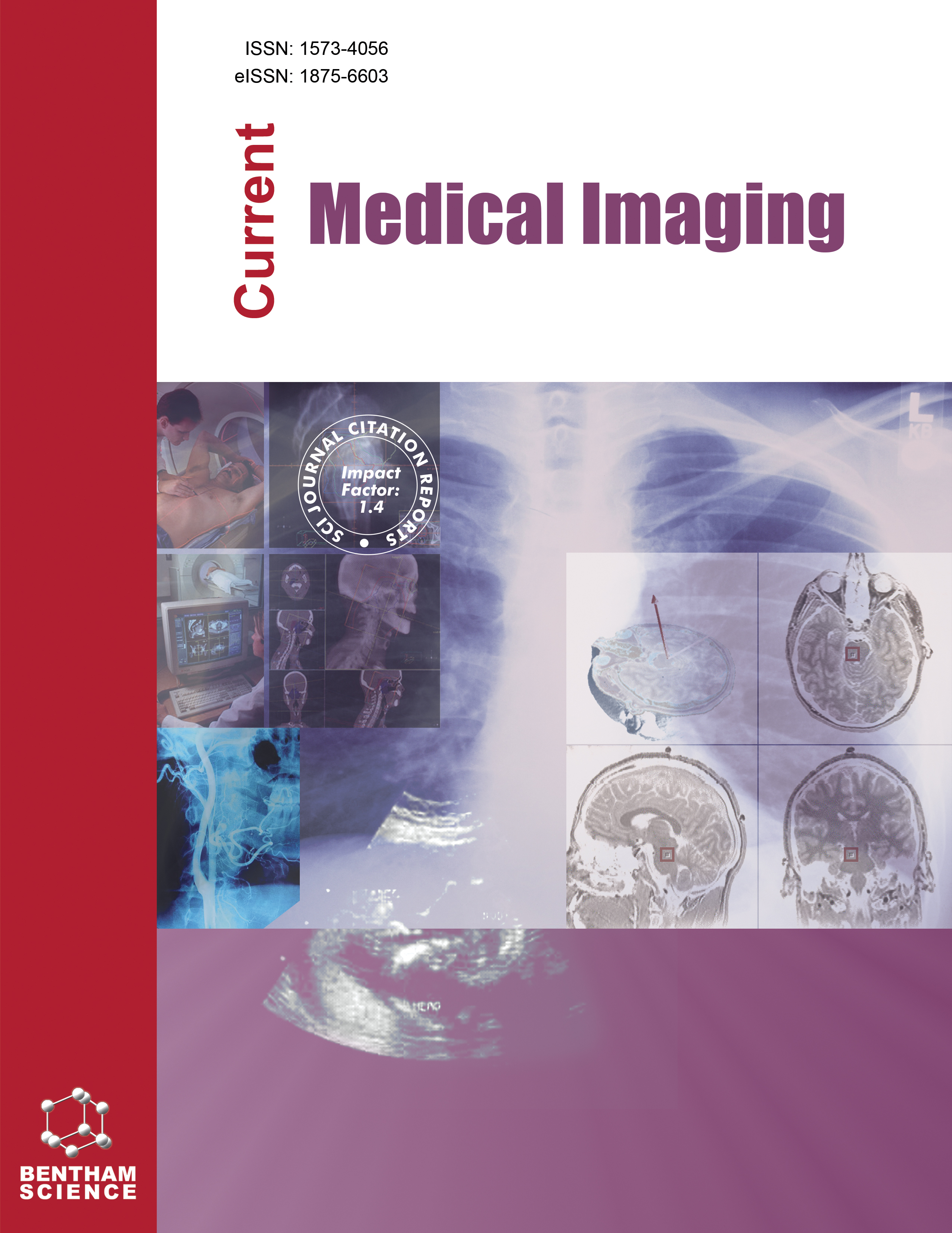-
oa Fallopian Tube Leiomyoma Presenting as a Huge Abdominopelvic Cystic Mass: A Case Report and Literature Review
- Source: Current Medical Imaging, Volume 20, Issue 1, Jan 2024, e15734056286949
-
- 07 Nov 2023
- 25 Jan 2024
- 01 Jan 2024
Abstract
Fallopian tube leiomyoma is an uncommon, benign gynecologic tumor that originates from the smooth muscle of the fallopian tube or vascular cells supplying the fallopian tube.
In this study, we report a case of a patient with fallopian tube leiomyoma. What makes this instance even more unique is the association of the leiomyoma with cystic degeneration, manifesting as a large abdominopelvic cystic mass. CT scan suspected that the mass might be an ovarian cystadenoma. However, ultrasonography, a widely used diagnostic tool, effectively assisted the clinicians in confidently ruling out the possibility that the tumor was originating from the ovaries. Ultimately, the patient underwent exploratory laparoscopy and the pathologic diagnosis was fallopian tube leiomyoma with cystic degeneration. To our knowledge, no instance of a fallopian tube leiomyoma of this size with cystic degeneration has been reported. Thus, it is worth mentioning.
In summary, fallopian tube leiomyomas are classified as uncommon benign gynecologic tumors, which pose challenges in clinical diagnosis. The combined use of multiple imaging modalities may be more helpful in the proper diagnosis of this disease entity.


